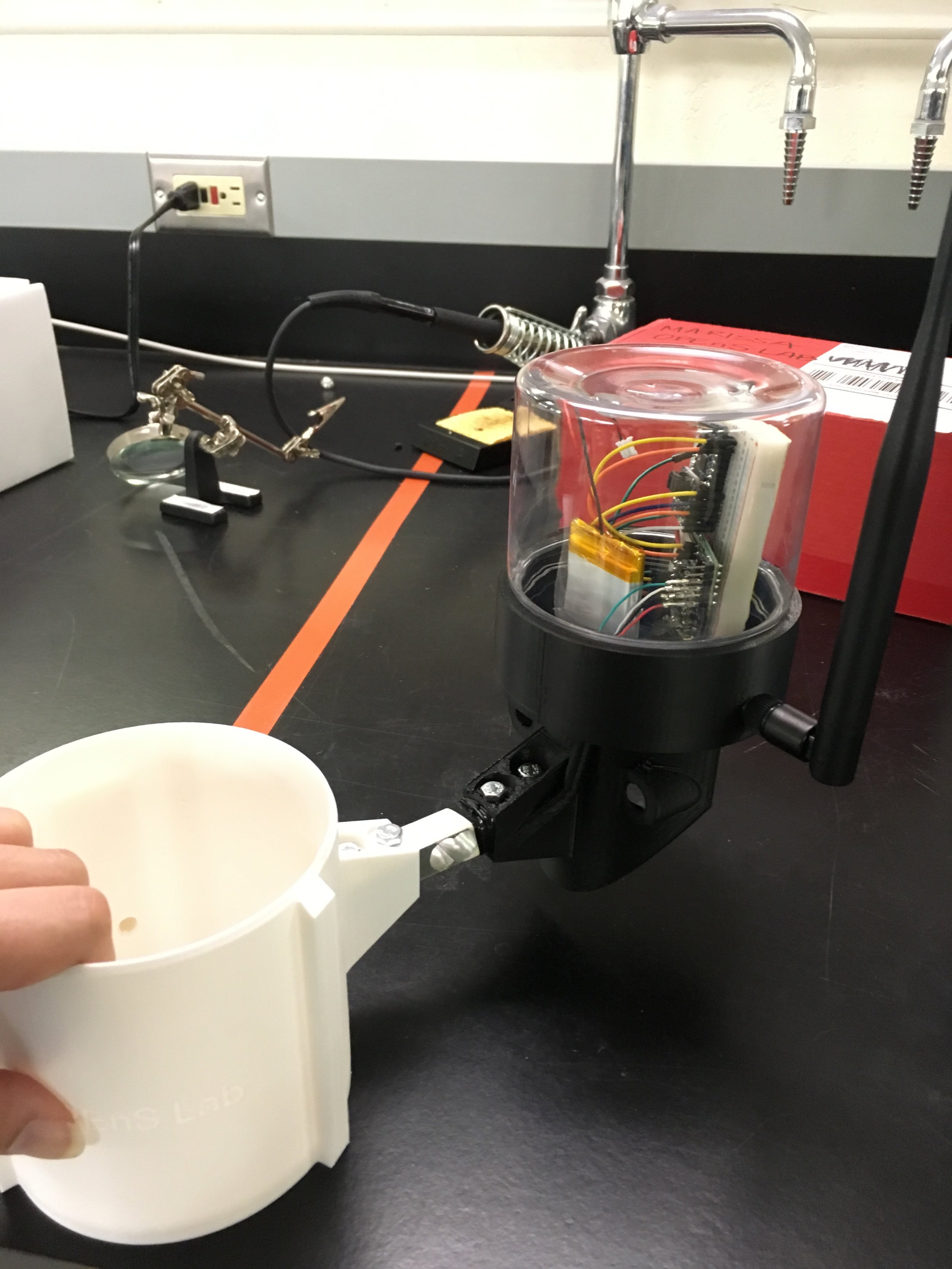Author: Marissa Kwon
Abstract:
We’re releasing details about our project after ten weeks of development including support for portable limply batteries, project code/resources, and why some additional functionality is necessary before deployment.


Why It’s Best to Wait:
After much discussion about integrating more functionality into our the Lora/Super Validator, we have decided to postpone field tests for now in favor of adding a few more weather and climate sensors to the Super Validator, measuring power consumption, and saving power by adding in an external clock to enable the micro controller to go into sleep mode until the clock’s alarm periodically wakes it.
What’s Next:
I have a working temperature and humidity sensor set up to write out data measured to an SD card, and our next goal is to be able to set up the LoRa radiopacket array to also send these values to from a remote location. Granted that these field devices also won’t have unlimited or even large supplies of power readily available, I don’t want our Lora to be wasting power by constantly sending information and waiting for a reply. Since climate and weather change gradually the user would only need readings about once or twice an hour. The micro controller is capable of saving power by entering a sleep mode, however it also need and external device to interrupt its sleep so that it can do its job. That’s when a real time clock will come in handy by sending an alarm to the Protrinket at a certain time every hour to wake it up; after all transmission code is done, the Protrinket can go back to sleep.
Currently our device is powered by a 3.7V, 1000mAh Lithium Polymer battery. Once all the components are working together, I will need to measure the current draw of each component to estimate the final battery life.
Links to Resources:
Here are links to our most recent LoRa Super Validator transmitter and receiver code.
Also here are links the Adafruit site for the new components: SD card reader, Real time clock, and temp/humidity sensor.
And finally here’s more information about the LiPo battery.
MSDS sheet for the LiPo battery
– Marissa Kwon URSA Undergraduate Student Researcher
